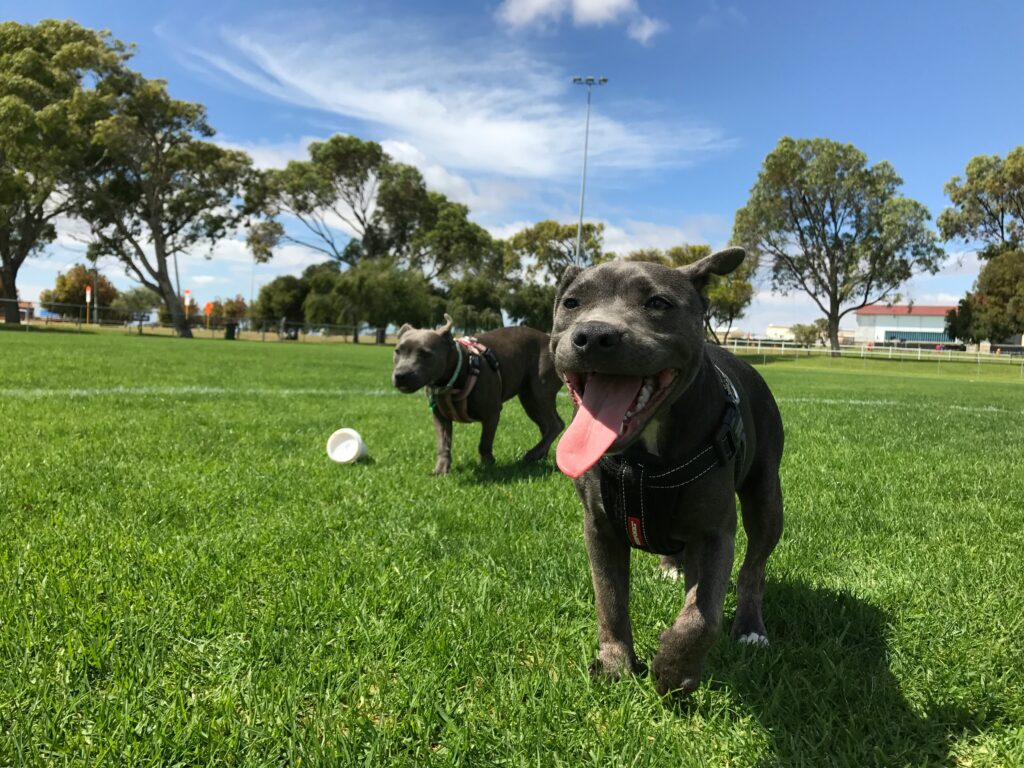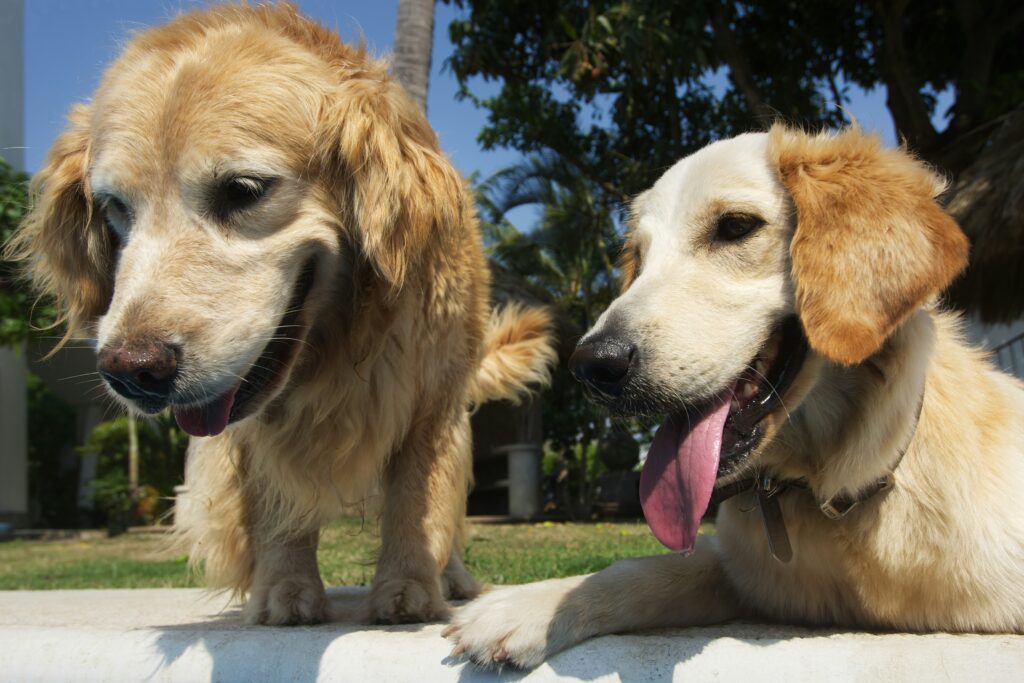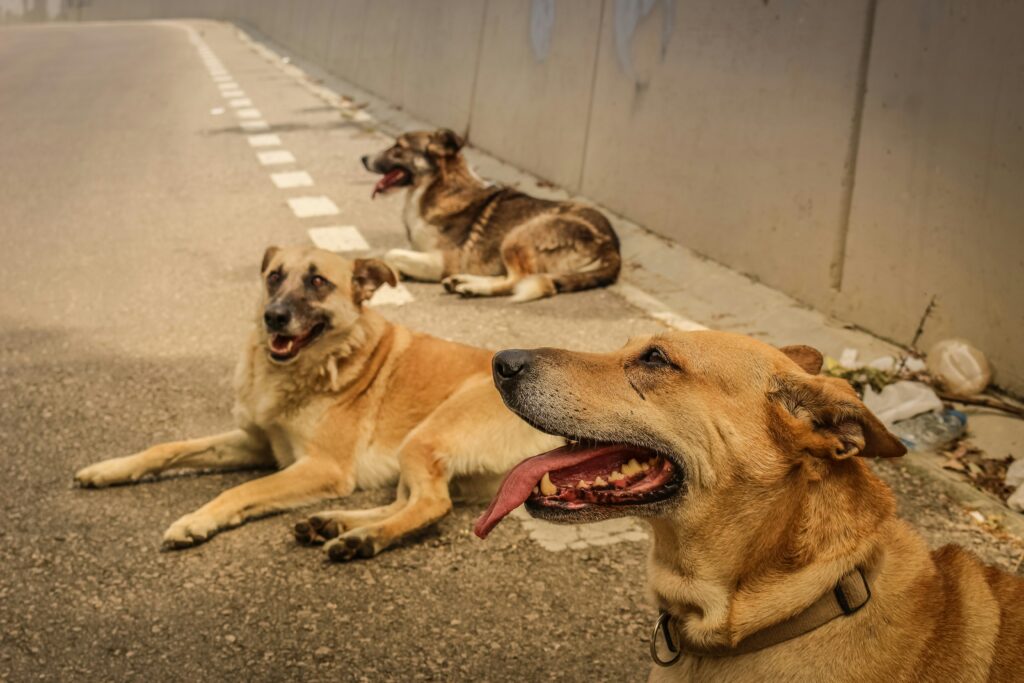What to Do If Your Dog Has Heat Stroke
Heat stroke is a life-threatening emergency for dogs, especially during the warmer months. Unlike humans, dogs can’t sweat through their skin—they rely on panting and limited sweat glands in their paw pads to cool down. When their internal temperature rises too high, too fast, they can quickly become dangerously ill.
Knowing how to recognize and respond to heat stroke in dogs could save your pet’s life. In this blog, we’ll cover the signs of heat stroke, what to do immediately, and how to prevent complications before you reach a vet.
What Is Heat Stroke in Dogs?
Heat stroke, or hyperthermia, occurs when a dog’s body temperature rises above 104°F (40°C). Anything above 106°F (41.1°C) is a medical emergency. At this point, the body’s internal systems can begin to shut down, causing organ failure, brain swelling, or even death.
Common causes include:
-
Prolonged exposure to hot weather
-
Exercise during peak heat hours
-
Being left in a hot car or unventilated area
-
Lack of access to shade or water
-
Brachycephalic (flat-faced) breeds struggling in even moderate heat
Early Signs of Heat Stroke
Being able to identify the early symptoms of heat stroke is crucial. Look for:
-
Excessive panting and drooling
-
Rapid heart rate
-
Bright red gums and tongue
-
Weakness or staggering
-
Vomiting or diarrhea
-
Confusion or disorientation
-
Glassy eyes
-
Collapse or seizures (in severe cases)
If you notice any of these symptoms on a hot day, assume your dog is experiencing heat stroke and take action immediately.
What to Do Immediately
-
Move Your Dog to a Cooler Environment
Get your dog into the shade, an air-conditioned room, or at least out of direct sunlight. The goal is to stop the heat exposure as quickly as possible. -
Begin Cooling Down Your Dog
Use cool (not cold) water on your dog’s body. Focus on:-
Belly
-
Armpits
-
Groin area
-
Paws
Use a hose, wet towels, or submerge your dog in shallow cool water if necessary. Avoid cold water, as it can cause blood vessels to constrict, trapping heat inside the body.
-
-
Offer Small Sips of Water
Allow your dog to drink small amounts of cool water. Don’t force water down their throat. Never give ice, as it can lower body temperature too quickly and lead to shock. -
Use a Fan or Open Windows
Increase air circulation around your dog by placing them near a fan or in a vehicle with air conditioning.
Call Your Vet or an Emergency Animal Hospital
Even if your dog appears to recover quickly, you must contact a veterinarian immediately. Internal damage may not be visible, and your vet will need to:
-
Monitor organ function
-
Check for signs of dehydration
-
Assess for neurological issues
-
Provide intravenous fluids, oxygen, or medications if needed
Let your vet know you’re on the way so they can prepare for your arrival.
What Not to Do
When trying to help a dog with heat stroke, avoid these common mistakes:
-
Do not use ice water or ice baths. They can cause shock or make the problem worse.
-
Do not wait and see. Time is critical—delayed treatment can lead to permanent damage.
-
Do not force your dog to drink. Let them drink on their own; forcing water can lead to aspiration.
Aftercare and Recovery
If caught early and treated quickly, most dogs can recover fully from mild cases of heat stroke. However, severe cases may require hospitalization or long-term monitoring for complications such as:
-
Kidney or liver damage
-
Brain swelling
-
Blood clotting disorders
Follow your vet’s guidance closely, and consider adjusting your dog’s routine to prevent future episodes. This may include avoiding hot walks, grooming to reduce heavy coats, or providing more shade and cooling options.
Prevention Tips to Avoid Future Heat Stroke
Once your dog has experienced heat stroke, they may be more susceptible in the future. Take these precautions:
-
Walk early or late in the day
-
Provide access to shade and cool water
-
Never leave your dog in a car—even for a few minutes
-
Use cooling vests, bandanas, or fans when needed
-
Know your dog’s limits, especially if they’re older, overweight, or flat-faced
Final Thoughts
Heat stroke in dogs is scary—but with quick action, the right treatment, and a good understanding of the signs, you can give your dog the best chance at a full recovery. Being prepared can make all the difference during a hot weather emergency.
In the next blog, we’ll talk about which dogs are most at risk of heat stroke—so you can better assess your pet’s risk and plan accordingly.




